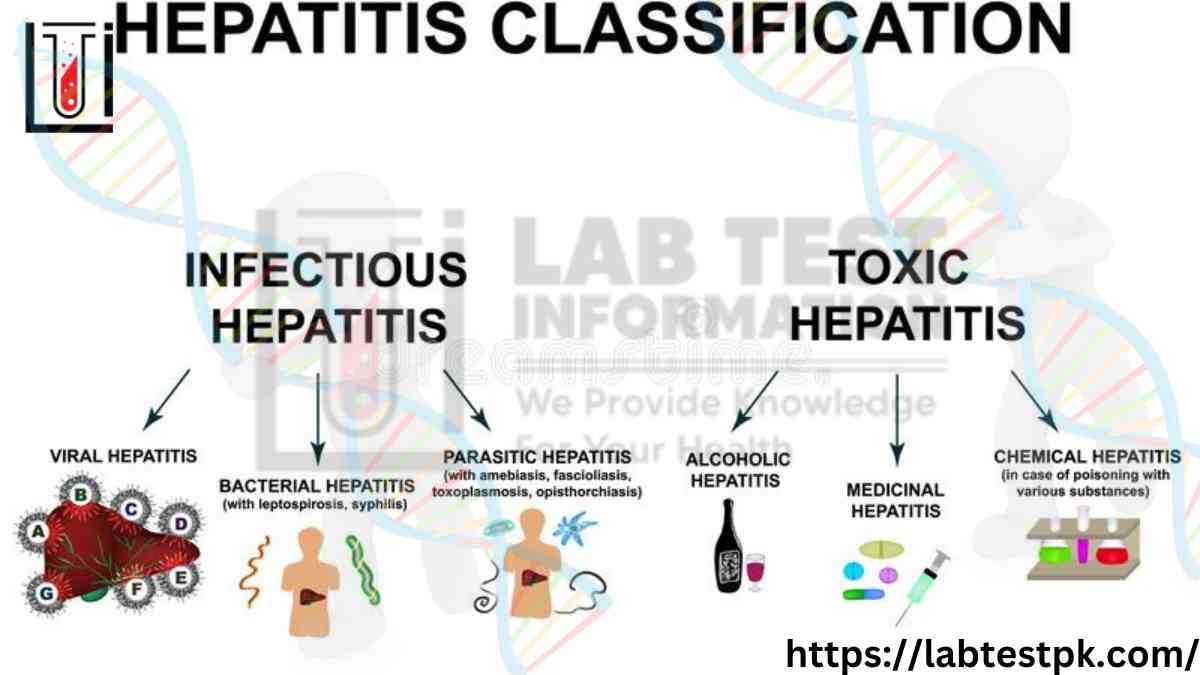Types Of Hepatitis Virus
Types Of Hepatitis Virus, Hepatitis is a deadly disease. Which slowly leads the patient to death. Hepatitis is an inflammation of the liver. There are six types of hepatitis which are as follows.
Types:
| Virus | Genetic Material |
Transmission | Carrier State | Vaccine Availability |
| HAV | RNA | It transmits through fecal + Oral | No | Yes Present |
| HBV | DNA | Through Blood, Body fluid, and close contact | Yes | Yes Present |
| HCV | RNA | Through Blood, Body fluid, and close contact | Yes | No |
| HEV | RNA | It transmits through fecal + Oral | No | No |
| HDV | RNA | Through Blood, Body fluid, and close contact | Yes | Yes Present |
| HGV | RNA | It transfer from Blood | Yes | No |


[…] millitus, diabetes insipid a clear urine can also indicate a liver problem like liver cirrhosis and viral hepatitis if you are not Consuming large amounts of water and have ongoing clear […]
[…] Hepatitis C is a viral infection that causes liver inflammation and damage. Inflammation is swelling that occurs when tissues of the body become injured or infected. Inflammation can damage organs. Viruses invade normal cells in your body. Many viruses cause infections that can be spread from person to person. The hepatitis C virus spreads through contact with an infected person’s blood. […]
[…] few months to see if your body fights off the virus. If the infection continues for several months, known as chronic hepatitis, treatment will usually be […]
[…] Antibodies that destroy bacteria.(b) Antibodies that destroy the body’s own cells ✓(c) Antibodies that destroy viruses(D) Antibodies that destroy […]
[…] Studies: HCV genotyping is also important for tracking the prevalence of different genotypes in various […]
[…] Screening procedures […]
[…] of a routine screening program in high-risk populations (e.g., those with cirrhosis, chronic hepatitis B or C infections) to identify HCC at an early, more manageable […]
[…] diabetes insipid a clear urine can also indicate a liver problem like liver cirrhosis and viral hepatitis if you are not Consuming large amounts of water and have ongoing clear […]